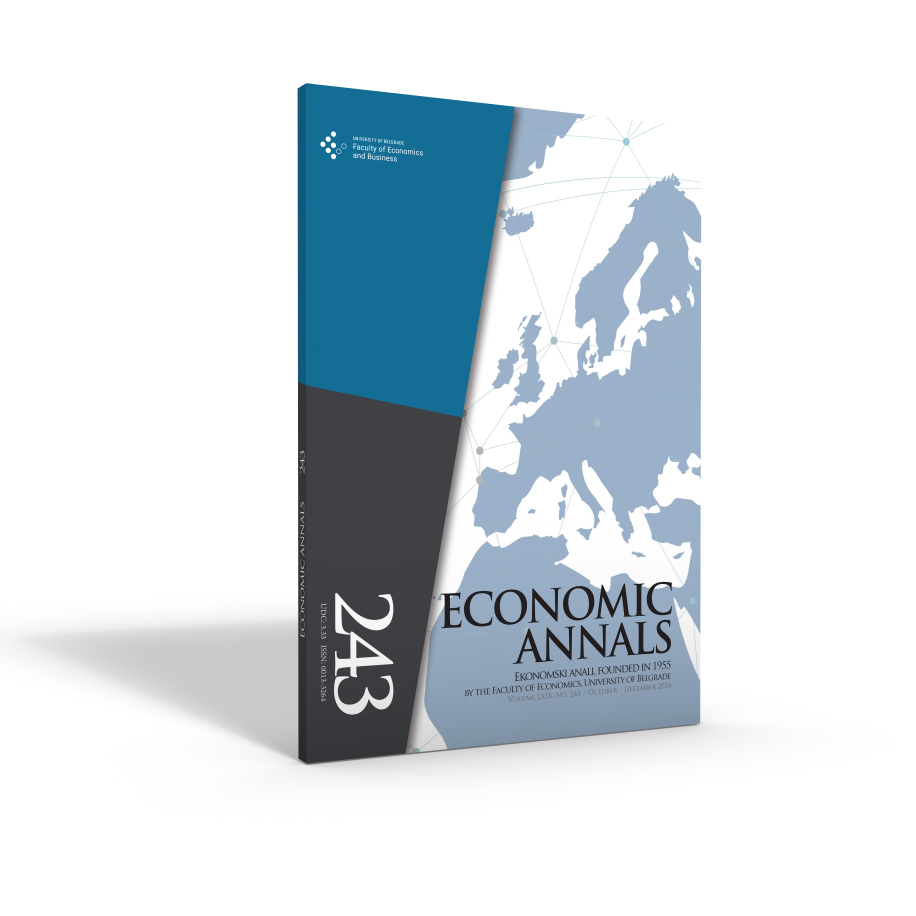INCOME AND INEQUALITY ELASTICITY OF POVERTY: THE CASE OF CESEE COUNTRIES
##plugins.themes.bootstrap3.article.main##
##plugins.themes.bootstrap3.article.sidebar##
Abstract
This paper examines poverty changes decomposed into two components: the growth effect and the distributive effect. This contribution is based on an empirical analysis of the Central and South-Eastern Europe (CESEE) countries, drawing on the latest years’ official data. The income and inequality elasticity of poverty is estimated using the established panel data model. Based on linear regressions, the transformation of economic growth and income inequality to poverty reduction in CESEE countries is analysed. The study found that income growth contributes to poverty reduction, while the contribution of inequality is stronger and in the opposite direction. Thus, further progress in tackling poverty may be achieved under a relatively favourable income distribution. Since sub-regional differences in income inequality elasticity were not found, it would seem reasonable, therefore, to give special attention to reducing inequality in all CESEE countries.
##plugins.themes.bootstrap3.article.details##
growth, inequality, poverty, income elasticity, inequality elasticity
O40, E25, I32

